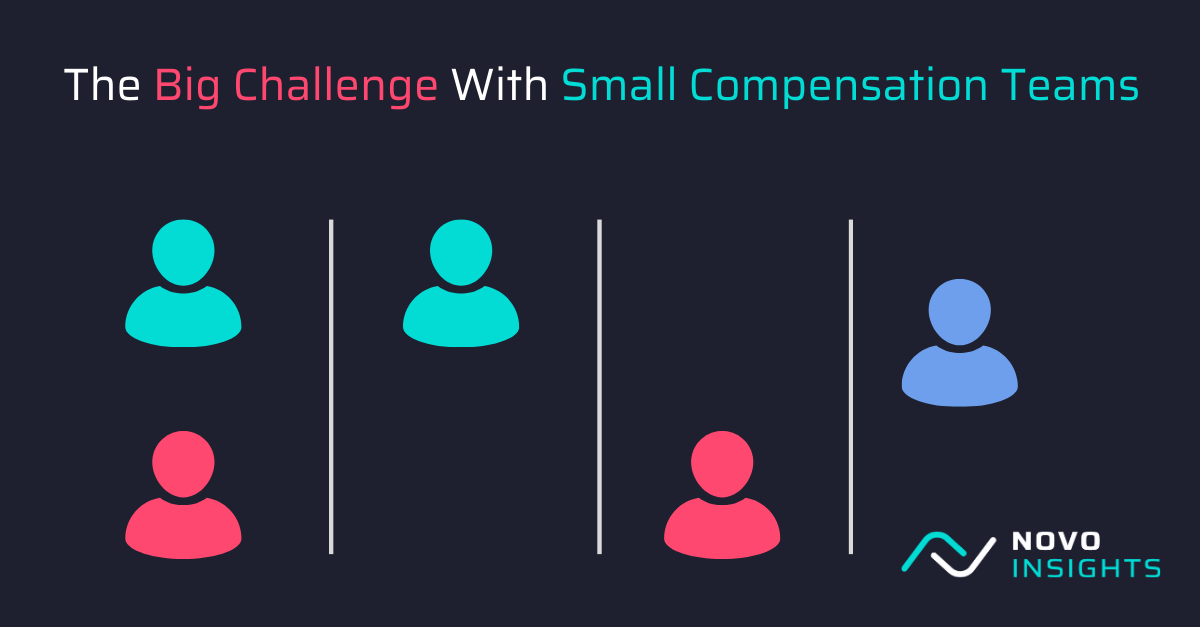Asking for feedback has become normal in nearly every market transaction, as marketers and business leaders look to listen to their customers and gain insights about how to compete.
The talent market should be no different.
As People leaders, we need to create and invest in a strategy to listen to our candidates as a key source of insight to talent market practices and how we compete. Your Talent Acquisition team will no doubt be a critical source of feedback gathering, but most organizations would be wise to implement a survey-based listening strategy for their candidates. First, surveys can be automated and are highly scalable, reducing the burden on your recruitment team. Second, surveys gather structured data which increases usability and analysis efficiency. Third, surveys can be conducted with candidate privacy, improving the reliability of responses and not polluting the recruitment process.
As you create your candidate survey strategy, we recommend you consider the following key pillars to ensure your strategy is effective.
Demonstrate Your Interest in The Candidate
Candidates are a precious resource - you only get so many for each requisition. Busy talent acquisition teams often struggle with req loads, so having an extra touchpoint with a candidate can be a valuable way to keep engagement in the early stages of the application process. Leading TA teams create an opportunity for candidate feedback at the application phase, showing how the candidate's expereince matters right away. Waiting for the candidate to accept or decline an offer fails to demonstrate an appreciation for the candidate during the hiring process.
Engaging with a third-party for candidate listening adds extra credibility. It demonstrates that you are interested in their feedback and willing to invest in it. Having your recruitment gather feedback can be awkward for the candidate, and introduces bias from the person hearing the feedback.
Ask Candidate-Friendly Questions
The design of a survey is a science, not an art. There are proven techniques for maximizes clarity and minimizing survey fatigue. Particularly for employee and candidate surveys, there are practices that have shown to generate more useful data and insight. Among the top 3:
- Voice all questions such that it's about the candidate's experience. "I understood what to expect next in the process" is more likely to generate insight than "The recruiter communicated what to expect next in the process."
- Avoid composite questions. One ATS has this standard question: "The people who interviewed me were well prepared and conducted the interviews skillfully." How will we know if the candidate is commenting about preparation or interviewer skill?
- Skew towards scaled questions vs open-ended comment. Scaled responses (e.g., Disagree to Agree scales) give more consistent data and are easier for a candidat to answer. Comments are helpful, but most candidates shy away from comments so the feedback isn't as representative.
Understand How You Compete
Candidates have perspective you don't have - they are looking at your company from the outside as a market participant. They know their current situation, and they know the situation you are offering them. Your listening strategy should gather insights on that comparison. You may think you have a great culture... and they might see your culture as on par with what they have. You may think your benefits package is average, but it may be much better than the plans at their current company.
Your listening strategy for later-stage candidates, notably those who have recieved an offer, should seek specific feedback on how you compare to their other opportunities. This is a unique source of insight - so make sure you capitalize on the opportunity.
Context Matters
Feedback patterns tend to vary notably across candidates in different countries and job families. Make sure your feedback processes are adequately linked to the underlying job requisition. This ensures that you can evaluate the data with the right context.
Suprisingly, many survey solutions embedded in the ATS gather feedback without linking to the candidate's status. Certainly, someone responding about their exerience after being dispositioned will be different than the experience of a candidate who just accepted an offer. Make sure you can segment your data based on the candidate's status to understand those differences.
Don't Let the Data Die
Your listening strategy also needs to specify who will review the data and gather insight from it. A lot of feedback surveys exist solely because they felt like the right thing to do, without consideration for how the data will be used. Allocate resources to evaluate the data, and have a cadence for how often the data is reviwed with various stakeholders.






